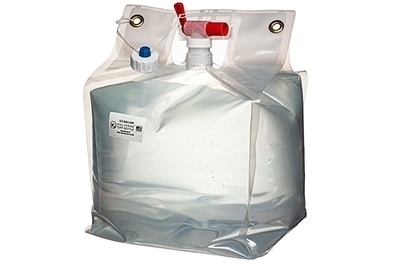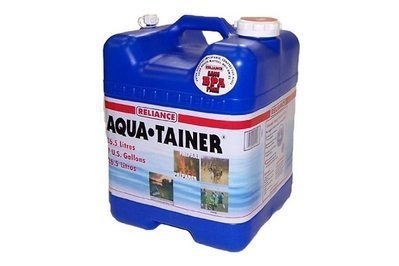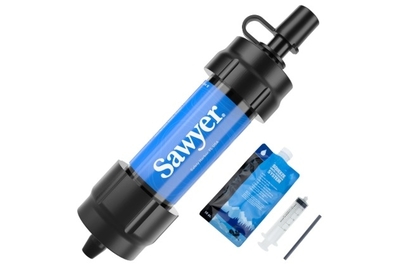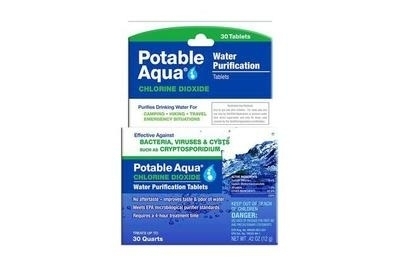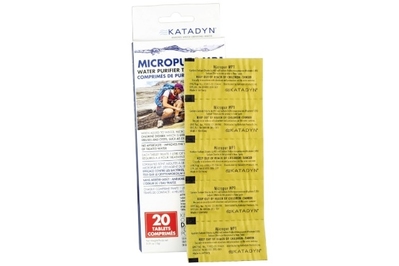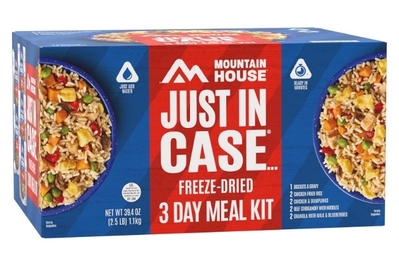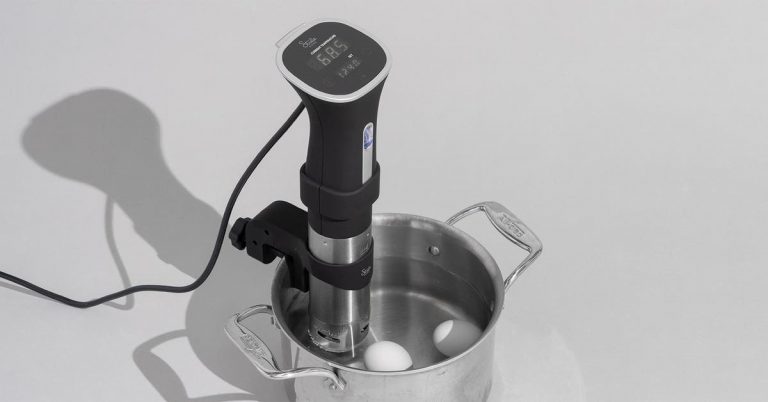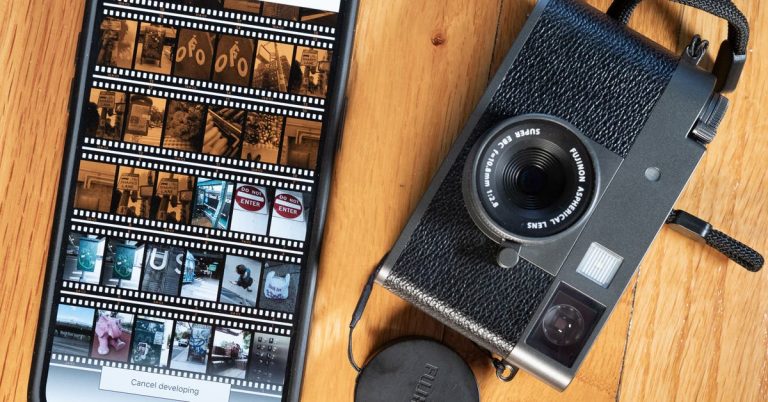The Best Emergency Preparedness Supplies of 2025
FEMA (PDF) recommends that you keep a three-day supply of water on hand—a gallon per person per day. But that’s for drinking and doesn’t cover basic hygiene needs.
If you have the space for it, we think that stockpiling a 14-day supply is a reasonable goal, especially if you live in an earthquake zone. We found two options for ensuring an adequate water supply: dedicated containers or a water purification system. Regularly check the expiration dates on food and change out stored water at least once every six months.
Water storage

Top pick
Out of the four collapsible water containers we tested, the Wolverine Tuff Bottle 20L Container was, as the name suggests, the toughest. It was also the easiest to fill and maneuver. With water, the bag weighs about 40 pounds, which was the maximum amount we could carry easily with one hand. A different water container we tested busted open when we knocked it off a six-foot-high shelf, but the Wolverine Tuff Bottle has two layers of ultraviolet-resistant plastic that kept the sloshing water secure. We froze the container over the weekend and it didn’t leak when we filled it back up again. My experience is backed up by the ASTM International, a standards organization that did similar drop tests with varying heights and liquids (including antifreeze).
Wolverine Tuff is a family business that started out making packaging for medical supplies, so they have some experience in containing high-stakes solvents, according to director of operations Reilly Wilkes. The Wolverine Tuff Bottle on Amazon comes with a red spout, but you can purchase other accessories—including a spout that fits a Sawyer water filter—on the Wolverine Tuff website. The company has collaborated with many charitable organizations in order to deliver 400,000 gallons of clean drinking water.
One downside to the Wolverine Tuff container: we noticed the water had a slight plastic aftertaste even after we washed the container out a few times. The WaterStorageCube Collapsible Water Container Bag retained less eau en plastique and is cheaper, although it has a shorter warranty, does not come with spigot, and lacks the transparent standards testing of the Wolverine Tuff container.
Water is usually the first item that FEMA brings to a storm-damaged area, according to Grant Brown, director of recreation and cultural affairs in Gulf Shores, Alabama. But water is also what you’ll miss the most if you don’t have it. Officials announce hurricane warnings at least 36 hours before the onset of the storm, which means you have time to store water for both drinking and other household activities like cleaning and flushing the toilet. In an emergency, experts recommend having at least one gallon of water per person per day for a minimum of three days. “There’s an old adage: The first 72 is on you,” says Brown, referring to the initial 72 hours after a storm.
While our water container recommendation is convenient to have around, you don’t need a specific tool in order to retain liquids. For “gray water,” which you can clean and flush the toilet with but not drink, you can close the drains on your tubs and sinks as you fill them up. One of our sources tipped us off to the existence of the WaterBOB, a plastic container that fits inside your tub, but we have not yet tested it.
You can fill up any water bottles you might have lying around with drinking water. Put them in your refrigerator and freezer (after checking that the materials are freeze-proof). Not only will this keep the water itself cool, the high specific heat capacity of water compared to air means that the inside of your fridge or freezer will warm up more slowly if the power goes out. Hurricanes usually happen in warm locales in the summer and fall. Even if the electricity stays running, you won’t regret having a cold drink as you head outside for cleanup duty.
Top pick
Rigid water containers made of blue polyethylene consistently perform better than opaque collapsible ones for both pouring and storage. They’re also more durable and leak resistant. We called in five models for testing before concluding that the oversize, rugged, 7-gallon Reliance Aqua-Tainer is the best overall choice for disaster-preparedness purposes.
The Aqua-Tainer has a built-in, break-proof handle that is relatively comfortable to use. The spigot is stored inside the cap when not in use, reducing the risk of its cracking or smashing. This jug also has a tethered, screw-on air-vent valve, so there are no tiny parts to lose, and there’s no risk of leakage.
A couple of caveats: Unlike some other Reliance models, the Aqua-Tainer is not designed to be stacked. When full, the 7-gallon jug weighs close to 60 pounds. So the Reliance Aqua-Pak 5-Gallon, which usually sells for more, may be a better choice for people who require a lighter lift. Or you could just buy the bigger, cheaper jug and avoid filling it to the brim.
Reliance officially advises that people replace emergency water stored in its containers every 90 days. To avoid contaminating water with bacteria, clean the container first, and wash your hands vigorously before filling it.
If you’re concerned about contamination after opening the jug and don’t own a LifeStraw Max, boiling water is the safest way to treat it. But be sure to let water boil for a full minute—three, if you’re at an altitude higher than 5,000 feet. And keep in mind that some water will evaporate, which is a concern if your supply is low.
Top pick
A family of four would need eight Aqua-Tainers to store a minimum two-week supply of water. An alternative option is to purchase a 55-gallon drum. We like this one from Augason Farms, (but, honestly, we’ve found most blue 55-gallon drums of this type to be essentially the same).
You’ll need a pump to get the water out, and if you’re concerned about contamination, you can treat it with chlorine dioxide tablets. For simplicity’s sake, we still recommend boiling water.
The CDC recommends swapping out stored water every six months, and ideally you should keep your water in a cool, shaded location. If it’s on concrete that gets hot, place it on a wood platform before filling. These drums will weigh 480 pounds when full, so if you’re in an earthquake zone, don’t place them where they might potentially tumble off a ledge or down a hillside and hurt someone.
Best for…
Consider water purification your plan B, after you’ve exhausted your supply of stored clean drinking water. This personal filtration system can remove bacteria and protozoa including E. coli and Giardia, but it cannot remove waterborne viruses; for that you need purification tablets like the ones discussed below. Boiling the water, if you have a way to do so, is also an effective way to kill both bacteria and viruses.
Top pick
Purification tablets are nice to have alongside a filter if your drinking-water options are seriously limited, but they come with their own drawbacks. Although one tablet can purify 1 liter of water, it takes four hours to work. Still, these tablets can kill waterborne viruses and bacteria, as well as cysts such as Giardia and Cryptosporidium. They cannot remove physical or chemical contaminants such as metals, pesticides, or dirt, which is why you should always use them in conjunction with a filter.
Food
Your emergency food strategy should be dictated by how active you plan to be in maintaining your supply. One route is to stock your cupboards full of the shelf-stable canned and dry goods you love and routinely eat—think soups, fruits, vegetables, beans, grains, cereals, pastas, nuts, dried fruit, peanut butter, and boxed milk (which, before it’s opened, doesn’t need refrigeration). It’s a great tactic, especially as far as flavor is concerned, but only if you’re proactive in eating and replacing items before they expire.
Our colleagues from the NYT Food desk reported some helpful tips on how to stock your pantry in case of an emergency. Among their experts’ advice: condiments and seasonings to make canned and pantry-stable foods more palatable, guidance on which supplies to eat first (and in what order) when the power goes out, types of food to include if you expect water to be scarce in a disaster, and some common-sense analysis on expiration dates and how often to refresh your supplies.
For broad, general suggestions on types of food to consider, FEMA has a list (PDF) of some pantry staples that may be stored indefinitely. You’ll also need a good can opener; we recommend the EZ-Duz-It.
If you have time before an impending emergency—for example, if you suspect you might lose power during a hurricane—set your refrigerator and freezer to the lowest possible setting. Freeze as much water as possible (ice warms up more slowly than air). This will keep food edible for longer if you lose electricity. If you keep the freezer door closed, that food should stay safe to eat for 72 hours into a blackout.
Top pick
If you don’t trust yourself to maintain your store of regular food, consider investing in an emergency meal kit. Our top pick from Mountain House has a 30-year shelf life, so you don’t have to worry about regularly rotating your stock. These freeze-dried pouch meals need only water to prepare, and they’re lightweight and easy to stash in a go bag. They taste decent, too, though no emergency meal we tried was a particularly gourmet experience.
If you don’t trust yourself to maintain your store of regular food, consider investing in an emergency meal kit. They often have a decades-long shelf life, so you don’t have to worry about regularly rotating your stock, and many come in the form of freeze-dried pouch meals that just need water to prepare. They’re lightweight and easy to stash in a go bag. We’re currently in the process of publishing a guide to the best emergency food.

